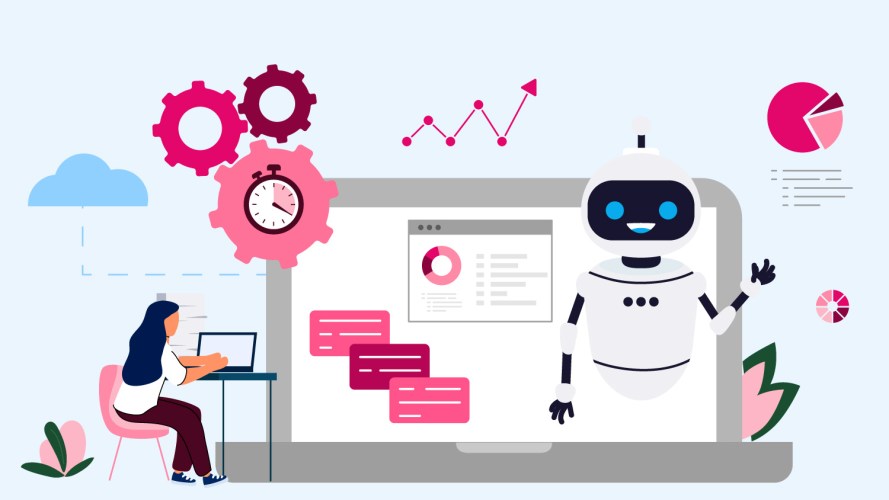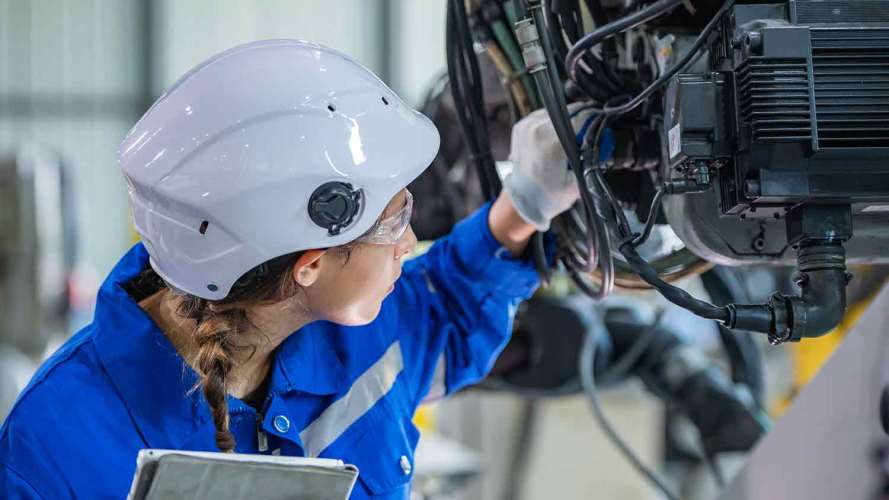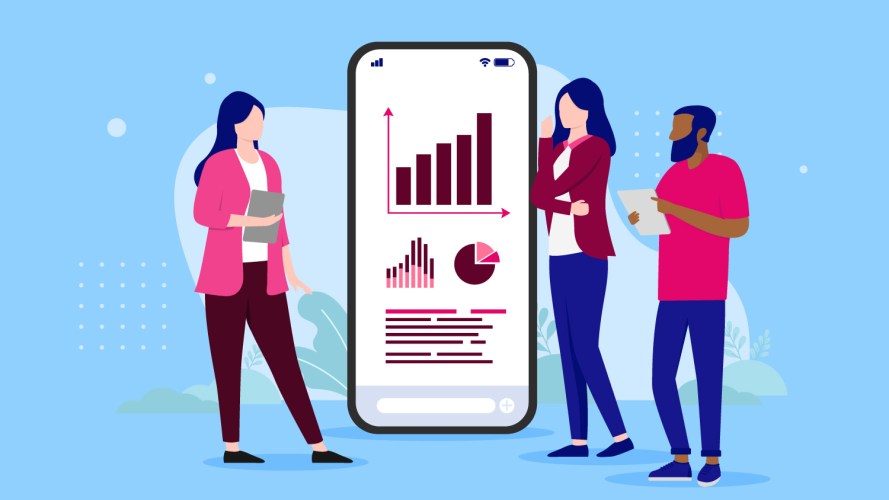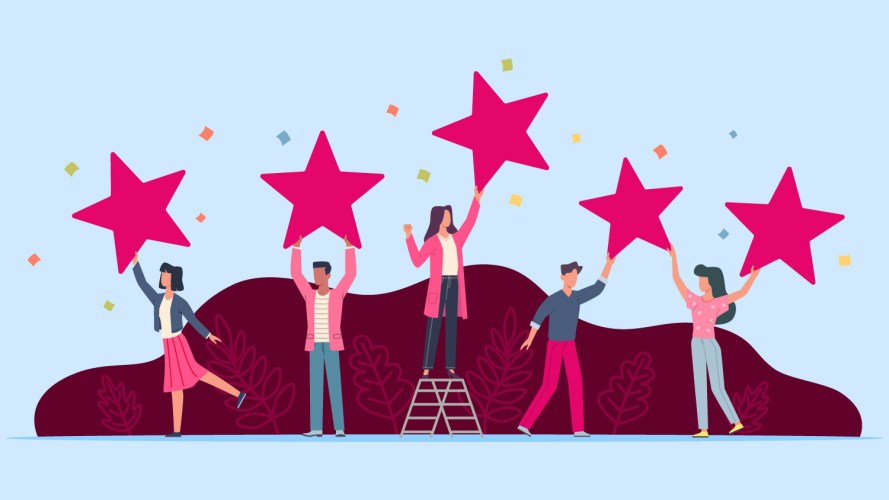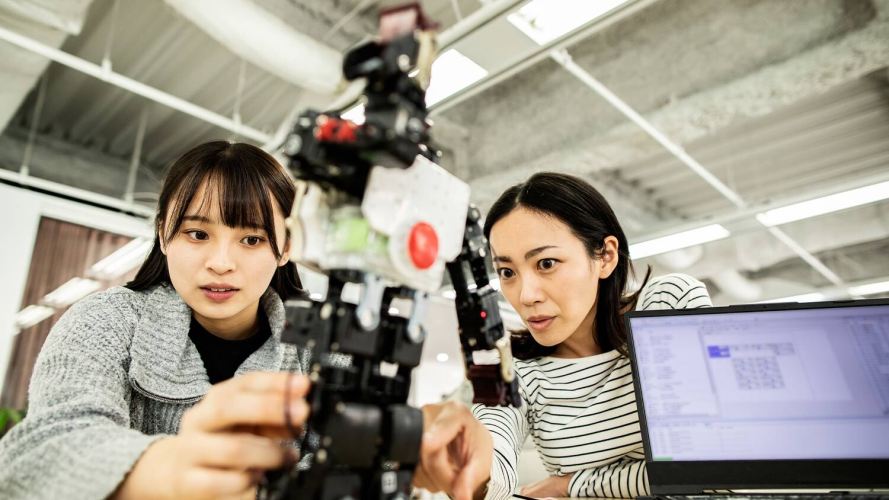Signals of Change: How the Pandemic Will Shape Our Future



Explore the signals and trends set to outlast the pandemic and shape our future.

Sara Frisk
The pandemic has catapulted us into a world of extremes. On one hand, it seems as though time is standing still. Nearly 600 million children are out of school. Fifty-five percent of global businesses have enabled remote work. International air travel is down 88%. Within the confines of our own bubbles, it’s often difficult to differentiate one day from the next. And yet at this precise (and seemingly never-ending) moment, the world is spinning at warp speed around us. According to McKinsey, within the first eight weeks of the crisis we accelerated five years forward in consumer and business digital adoption. If gray hair is factored into that, I’m sure we’d all agree.
Since the World Health Organization (WHO) declared the pandemic on March 11, our small but mighty Signals team here at Salesforce has been tracking every movement of this fast-paced world. We scour the news in every sector and listen deeply to our customers to understand what’s keeping them up at night. We’re marveling at the fascinating patterns of behavior emerging around the globe. Internally, we’re joining forces with teams across the organization to track challenges, shifts, and patterns — and ultimately — to capture “signals of change.”
We define signals of change as deep societal movements which embody a strict set of criteria: over the past seven months, they have fundamentally changed the way we work, live, and play; and we predict their staying power will outlast the pandemic, and continue to push us into a new future. Each also has two intrinsic characteristics: it’s happening at warp speed and technology is enabling it from beginning to end.
Together, these signals point to one abundantly clear conclusion: amidst the lasting impact of this pandemic lies a staggering scale of opportunity. From healthcare, to manufacturing, retail, and real estate, we are astounded by the moxie, ingenuity, and brilliance reshaping our world in the face of adversity. Public and private sectors join hands to collaborate. Companies rise up to solve previously unfathomable challenges. Worldwide adoption of advanced technology alters our interactions and relationships at every level.
As Salesforce CEO Marc Benioff mentioned in a recent interview, “The past is gone. It’s not coming back. This is a ‘be here now’ moment. We need to rebuild our companies, our organizations, and ultimately we need to rebuild ourselves to be successful in this new digital future.”
Of course, some of the ways we’ve found to cope with the current state of the world will be gone as quickly as they came (in the case of mask fashion, let’s at least hope so). Yet many of these societal movements are barely in their infancy, promising to pave the way to a stronger, smarter, faster future.
This is where we’d like to focus. Informed by all of the inputs above, we synthesized and defined seven signals of change for our emerging future.
7 signals of change
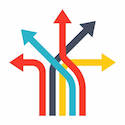
1. Designing for uncertainty
If there’s one thing we know, it’s that we don’t know what’s coming next. The notion of annual or even quarterly strategic planning suddenly feels laughable. Companies keeping pace with today’s world embrace ambiguity and pivot every single day. Leaders seeing the greatest success are agile and adept, skillfully navigating current, and potential scenarios while weighing existing capabilities with emerging market opportunities. Although this crisis will subside, the pace of technological change will not, sustaining the need for adaptive leadership, entrepreneurial grit, and an unwavering growth mindset.
Further reading: Four Possible Pandemic Outcomes Every Company Needs To Consider

2. New dawn of decision making
Across regions, we’ve seen a massive shift in the way industries and companies are making strategic decisions. Democratization enables swift decisions at every level, demanding widespread data literacy, diversity in data interpretation, and intentional creation of a data culture. Given the unprecedented rate of broadscale change beyond their walls, companies are far more dependent on external data as a vital component of a complete picture. As Tableau SVP of Product Marketing Mark Jewett has said, “With so much change going on around us and around the world, speed has never been more important in decision making. A great decision made too late is effectively a bad decision.”
Further reading: Ethical AI Can’t Wait: 4 Ways To Drive Greater Equality

3. Human after all
The disparate effect the pandemic has had on individuals, families, and entire communities has sparked a powerful awareness and renewed imperative around human needs. Mental health, parental and elder care responsibilities, socioeconomic circumstances, health, and safety are just a few of the factors that have forever altered the way we interact, serve, and even see each other. Heightened awareness of ongoing systemic racism has called for a much-needed reckoning of policies and practices, both in society and in the workplace. Focus on diversity and inclusion efforts is dramatically increasing, as organizations address unconscious bias, and take action for racial equality and justice.
Further reading: If COVID-19 Hasn’t Already Killed the Open Office, It Should

4. Hybrid realities
Following the onset of the pandemic, companies of all shapes and sizes pivoted urgently to virtual-first offerings, channels, and business models to reach an audience they could no longer serve in person. As doors reopen and guidelines relax in various regions of the world, digital offerings remain a vital part of a new world operating model. Consumers and businesses now have an increased comfort in, and dependency on, these digital interactions, which will inform and transform our relationships for years to come.
Further reading: All Digital Transformation coverage on The 360 Blog from Salesforce

5. Companies step up
The corporate bar has been permanently raised. Trust in companies no longer resides only in the quality of their offerings or the speed of their service, but in the authenticity and values which inform their actions — from activism to safety and employee wellness. As consumers, we expect the brands we love to stand up for what’s right, keep us healthy and safe, and grow in a way that’s sustainable for our planet. In the words of Salesforce President and Chief Revenue Officer Gavin Patterson,“This is a moment when business can step up and demonstrate that business is the best platform for change. And that we have a responsibility to really use that as leaders.”
Further reading: The All-Digital Customer Has Arrived — Is Your Business Ready?

6. Competitive collaboration
Faced with the need to simultaneously augment current capabilities, take advantage of new market opportunities, and reach new audiences, organizations are tearing down competitive barriers, and joining forces to affect innovation together. From vaccine development to retail drone delivery to virtual sports, we see an accelerated trend toward deeper levels of collaboration, unexpected partnerships, cooperative research, and open source data — all in service of shared success.
Further reading: Betting on a Vaccine Soon? Consider These 3 Potential Outcomes

7. Redefining regulations
Last but not least, to enable the world (and economy) to keep pace, our governing bodies — and by default, any organization carving out a new path in uncharted territories — are under extreme pressure to adapt and flex to meet the needs of both public and private sectors. While vaccine development is the most obvious example, we’ve seen organizations such as the United States Food and Drug Administration (FDA), Centers for Disease Control and Prevention (CDC), Environmental Protection Agency (EPA), and Transportation Security Administration (TSA) stretch to solve timely challenges in a way that keeps the rest of us innovating and experimenting in this brave new world.
Further reading: 5 Best Practices We’ve Seen From Our Contact Tracing Deployments
In some ways, we’re just scratching the surface. The extraordinary conditions around us have both forced and enabled us to transform in ways we could’ve only dreamed of in the past. They’ve given us permission to abandon our path and welcome audacious risk with open arms. They’ve turned us into entrepreneurs, explorers, and partners, exhausting our tolerance for slow growth and slow decline, and provoking us to take our destiny into our own hands.
We consider these signals of change as a starting framework to build on together in the coming weeks and months. We want to engage with you, our readers and community of Trailblazers, in an ongoing conversation about these shifts and how they’re playing out across your businesses, your customers, and our shared society. In this new world of extremes, our greatest hope is that together we’re able to soften the lasting impact of this crisis by embracing the bold opportunities that lie ahead.
Do you have a story to share about the way the pandemic has transformed your business? Does one of these signals hit home for you? Join the conversation on social media, using #SignalsOfChange. We’d love to hear from you. We believe, to our core, that we are in this together.
Are you looking to transform your business based on the rapid changes of 2020?
Check out our Transformation Playbook, which helps you connect silos, change mindsets, and recenter your business around your customers. n



Image credits in order of appearance from top to bottom:
–Hub Design / Shutterstock.com
–Titov Nikolai /Shutterstock.com
–32 pixels / Shutterstock.com
–Anastasia_B / Shutterstock.com
–Aedonitsky / Shutterstock.com
–Ankudi /Shutterstock.com
–inimalGraphic /Shutterstock.com
–Mario Studio /Shutterstock.com











